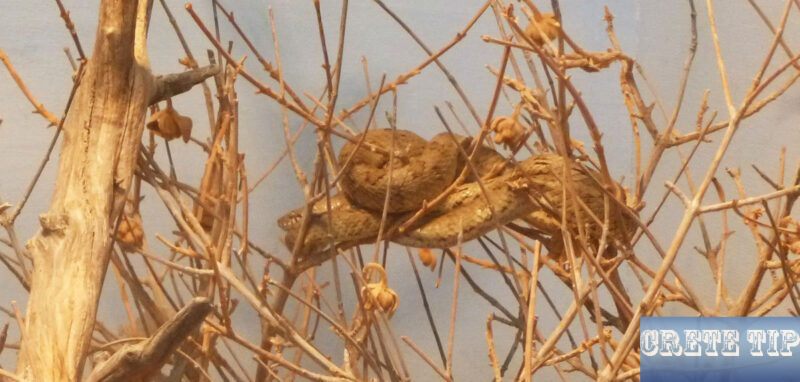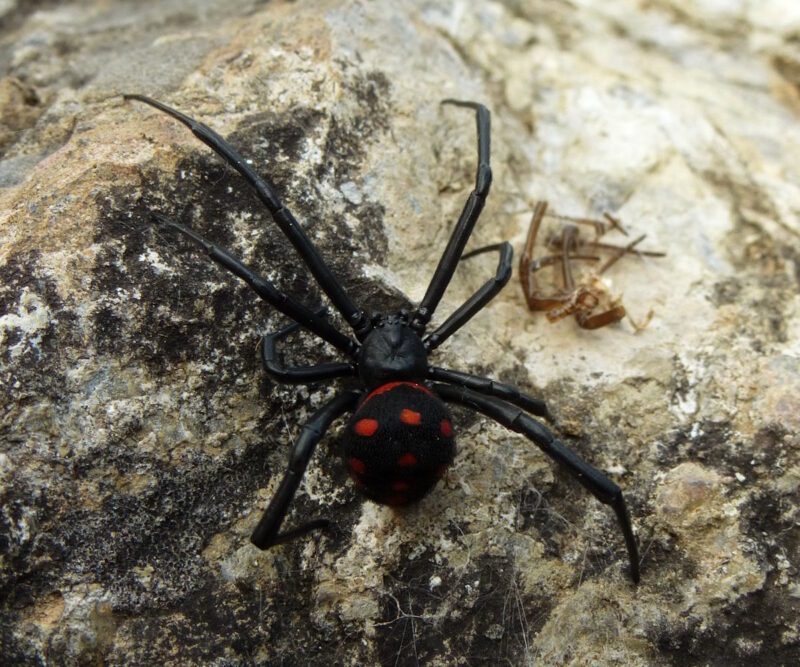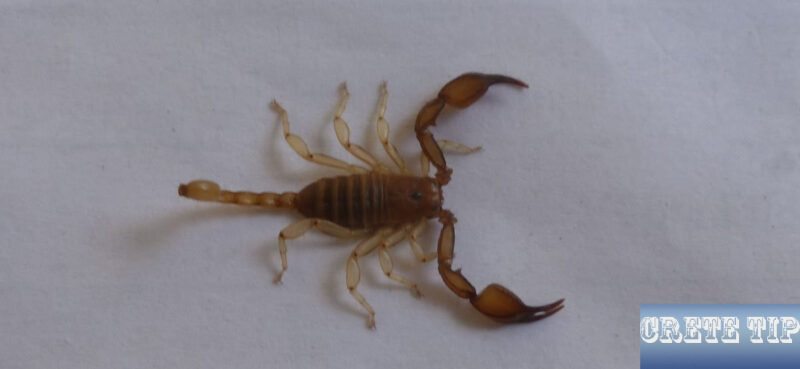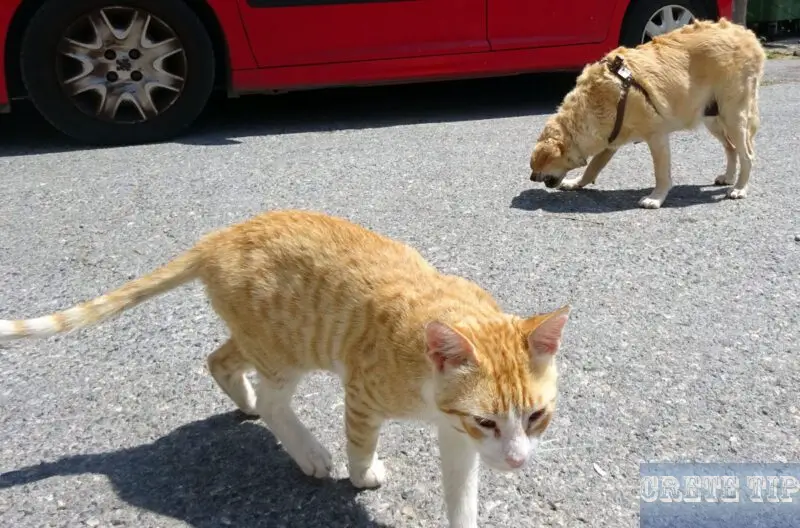Essential Risks, Prevention, and First Aid Measures.

General Information on Venomous Animals in Greece
In Greece, only a handful of venomous animals are a real danger to humans. Vipers and one spider species top the list of those you’d actually need to worry about.
Other venomous creatures—think wasps, centipedes, scorpions, and some spiders—can hurt, sure, but their venom rarely threatens lives.
Greece is home to 23 snake species and six types of legless lizards. These lizards often get mistaken for snakes because of how they look.
Different areas have their own mix of snake species. Not every snake lives everywhere.
Out of all these snakes, just five are venomous enough to pose a real risk to people. These are vipers from the Echidna family.
In the Olympus region and nearby, only the horned viper, Vipera ammodytes, is found. Its venom mainly destroys cells and damages blood tissue.
This stuff is strong—any bite from this viper means you should get medical help, no question.
As for spiders, the only one in Greece that’s truly a threat is the Mediterranean black widow, Latrodectus tredecimguttatus. Its venom messes with your nervous system.

Both venomous snakes and dangerous spiders aren’t out looking for a fight. They’ll only bite if they’re threatened—think stepped on, grabbed, or if you get too close.
For vipers, their bite can reach about half their body length. So, how close you get really matters.
Knowing how these animals behave is pretty important if you’re planning to spend time outdoors in Greece.
Just a few prevention tips can make a big difference in avoiding bites.
Common preventive measures to avoid bites include:
- Watch where you step—sturdy shoes are your friend.
- Don’t stick your hands or feet into hidden places, like under rocks or logs.
- Keep your distance from any snake or spider you spot.
- Never try to catch or handle them.
- Be extra careful in tall grass or rocky spots.
Viper bites usually bring pain, swelling, and tissue damage (that’s the cytolytic and haemotoxic effects). Black widow bites are different; their venom disrupts nerve signals and can get serious fast.
If you are bitten by a venomous snake in a remote area at high altitude and away from roads, you should call a transport service and never walk back. Call the emergency number 112 so that a rescue team arrives.
Other venomous animals—wasps, centipedes, scorpions—cause a lot of pain and sometimes allergic reactions. Still, their venom almost never puts your life at risk.
Important information
Statistics from the Hellenic Statistical Authority and the Poison Information Centre show that up to 200 people are bitten by snakes in Greece every year. The fatal rate is around 1 in 500, which corresponds to a mortality rate of around 0.2%
The venom of Greek vipers, with the right measures, buys us enough time to be transported to a hospital, no matter how far away we are, and no one loses their life within a few hours or minutes, as is often rumoured.
Not a single death from a spider bite has been recorded in Greece in recent decades, although several bite incidents have been recorded.
General Insight into Snakes in Greece
Snakes tend to freak people out, but honestly, that fear usually comes from not really knowing much about them. Most snakes in Greece, even the venomous ones like vipers, don’t go looking for trouble and will only bite if they feel cornered.
They’d much rather slip away than deal with humans. Greece is home to about 23 snake species, but only seven of them are venomous.
Most of these belong to the viper family. There’s the Vipera ammodytes (the nose-horned viper), Vipera berus (the common European adder), Macrovipera schweizeri, and Montivipera xanthina.
Of all these, Vipera ammodytes packs the strongest venom, so people worry about it the most.
Snakes on the Island of Crete

Crete’s a bit of an oddball when it comes to reptiles. Despite being such a big island, it doesn’t have many snake species.
And here’s the kicker: there are no vipers or venomous snakes living naturally on Crete. Those old stories about dangerous snakes on the island—like the infamous “Liakoni”—just aren’t true.
Crete’s isolation from the mainland probably explains this. The island does have some endemic reptiles you won’t find anywhere else, like the Podarcis cretensis (Cretan lizard) and Mediodactylus bartoni (Barton’s gecko).
These creatures seem to be doing alright, but they’re not immune to threats like habitat loss and climate shifts.
Behaviour and Threat Levels of Greek Vipers
Greek vipers act pretty shy and just want to be left alone. They usually bite only if someone steps on them or tries to pick them up.
Most bites happen by accident—think walking through tall grass without looking. If you do get bitten, you’ll probably notice swelling and pain first, but reactions can get worse depending on the snake and your health.
Forget the old tricks like cutting the wound or using a tourniquet. Doctors now say you should get to a hospital as soon as possible.
Conservation Status and Threats
Reptiles in Greece face a mix of problems. Farming, new buildings, and tourism keep shrinking their habitats.
Climate change just makes things harder, messing with the places these animals call home. Some species are endangered in specific areas, especially on smaller islands.
People are trying to help by protecting habitats and teaching others how to live alongside snakes without freaking out.
Key Points on Greek Venomous Snakes
Species |
Common Name |
Venomous |
Distribution |
Notes |
|---|---|---|---|---|
Vipera ammodytes |
Nose-horned viper |
Yes |
Mainland Greece, Balkans |
Most venomous in Greece |
Vipera berus |
Common adder |
Yes |
Northern Greece |
Less venomous, widespread |
Macrovipera schweizeri |
Milos viper |
Yes |
Some Aegean islands |
Rare and localised |
Montivipera xanthina |
Ottoman viper |
Yes |
North-eastern regions |
Medium-sized, aggressive if provoked |
How to Respond to Snake Encounters in Greece
- Stay calm. Snakes rarely attack unless they’re provoked.
- If you spot a snake, just keep your distance.
- Don’t make any sudden moves, and definitely don’t try to catch or hurt the snake.
- If you get bitten, head for medical help right away. Skip the old-school first aid tricks.
Honestly, knowing how snakes in Greece actually behave takes a lot of the fear out of the whole thing. It helps people and snakes steer clear of trouble.
Frequently Asked Questions

What are the main risks of encountering venomous animals in Greece?
The main dangers come from venomous snakes—especially vipers—and a couple spiders that can do real harm. Bites can mean pain, swelling, and if you don’t get help, sometimes serious health issues.
How can travellers avoid meeting dangerous wildlife in Greece?
Wear sturdy shoes if you’re out in rural or forested areas. Stick to marked trails, steer clear of tall grass and rocky places, and don’t mess with animals.
Oh, and double-check your shoes and clothes before putting them on.
What should be done immediately after contact with a dangerous animal?
Try to stay calm and get medical help fast. Don’t cut or suck the bite—old myths die hard, but they’re not helpful.
Keep the bitten limb still and below your heart to slow the venom.
What actions has Greece taken to control wildlife risks and protect visitors?
The authorities put up warning signs where venomous animals are known to live. There are also wildlife protection laws and public education efforts.
Healthcare providers get training for these situations too.
Are some natural areas in Greece more risky because of wildlife?
Definitely. Rural, mountainous, and forested spots tend to have more venomous creatures lurking about.
If you’re heading out there, it pays to know what you might run into and keep your wits about you.
Where can tourists learn about wildlife safety and current warnings in Greece?
You’ll find plenty of info on official tourism websites or just by stopping by a visitor centre. Local health services sometimes have updates too.
If you’re the type to grab a travel guide, those can be surprisingly helpful. National park offices are another good bet for tips on staying safe out there.



